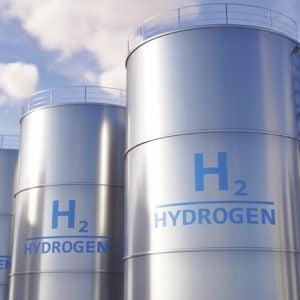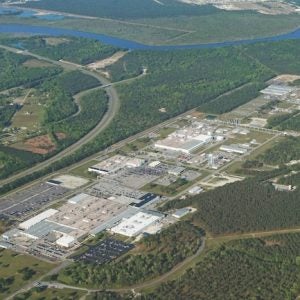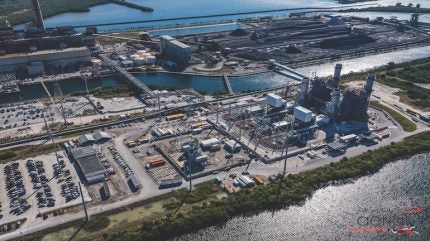
A new study on behalf of the US Department of Energy has concluded that there are well over one hundred coal-fired power plants in the USA that would be potentially suitable for siting up to 174 GWe of new nuclear capacity.
The study, “Evaluation of Nuclear Power Plant and Coal Power Plant Sites for New Nuclear Capacity” by the DOE’s Systems Analysis and Integration Campaign (SA&I), focused on estimating the number of potential new nuclear sites with a capacity of 600 MWe or more that could be situated on either currently operating or recently retired coal-fired power plants, as well as current nuclear power plant sites.
Developed using 2024 data on the operational status of coal plants and on data from the 2022 coal-to-nuclear (C2N) study, the new analysis used the Oak Ridge Siting Analysis for power Generation Expansion tool, OR-SAGE.
Opportunities for new nuclear at coal-fired power plant sites
To complement the 2022 C2N study a streamlined alternative OR-SAGE evaluation was performed that allowed coal-fired plant sites to be scored relative to their potential for a new nuclear power plant installation, an NPP backfit. Each CPP site was evaluated to include a 1-mile (1600 m) diameter around the generator and OR-SAGE was used to evaluate the site against 10 parameters. These parameters included population density, safe shutdown earthquake requirements, slope, landslide hazard and floodplain characteristics, as well as water flow for cooling, and proximity to hazards.
If any of the OR-SAGE cells within assessment radius exceeded one of these values then it is considered tripped. Of the 800 cells associated with the 1-mile radius area, the number of tripped cells were counted and scored relative to an assumed acceptable percentage of tripped database cells for each of the 10 parameters.
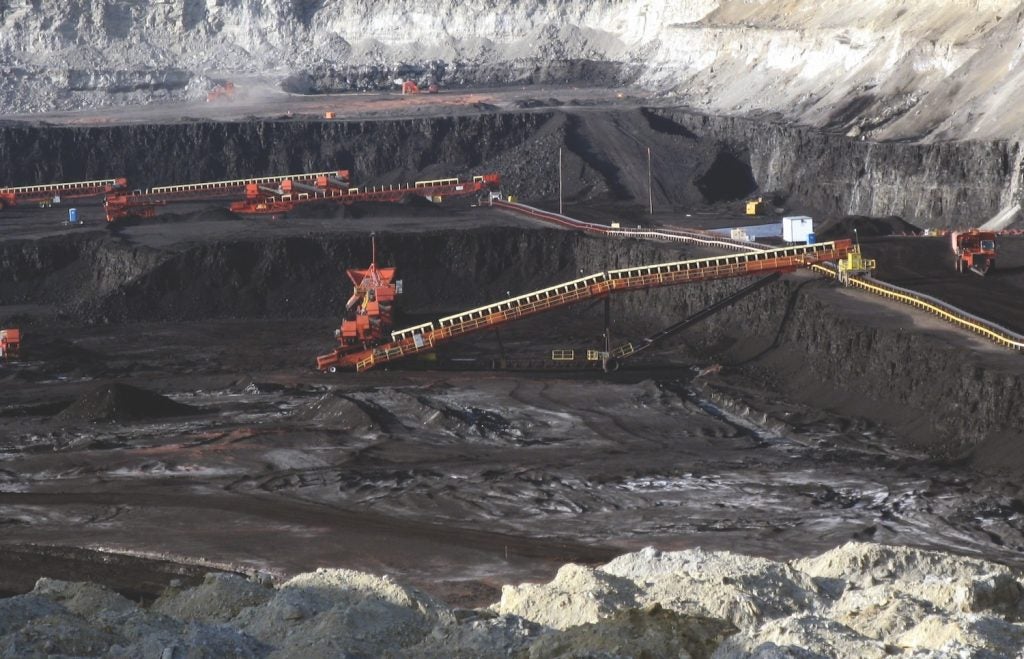
In addition, for these sites the operating and retired nameplate capacities of the coal-fired plants are used to predict available new nuclear replacement capacity, including available cooling water and transmission capacity. This analysis was then used to identify the potential to site 600 MWe, large 1,000 MWe, or 1,117 MWe new nuclear units on currently operating coal plant sites with a combined retired and operating status capacity of 600 MWe or greater and with a projected retirement date segmented into 2025 – 2030, 2031 – 2035, and 2036 – 2040 time frames that were obtained from DOE data. Of the currently operating coal-fired power plants across the USA some 33 sites in 18 states are projected to retire by 2040 and could thus be evaluated further for new nuclear unit backfits.
New reactors at existing NPP sites
Alongside existing coal-fired power plant sites, the analysis also explored the scope for additional plants at existing nuclear sites. There are currently 54 operating nuclear power plant sites in the US which, the authors note, provide an excellent option for adding new nuclear capacity because of their license pedigree.
According to the report, current nuclear power plant sites with cancelled plans for additional units during initial site construction were evaluated, as well as sites that have initiated the process to obtain a combined construction and operating license to build new reactors. Operating sites that did not fit this profile and recently retired nuclear plants were also evaluated using knowledge of site footprints, aerial analysis, and OR-SAGE visual parameter evaluation to estimate the viability of adding new reactors at these existing nuclear sites too.
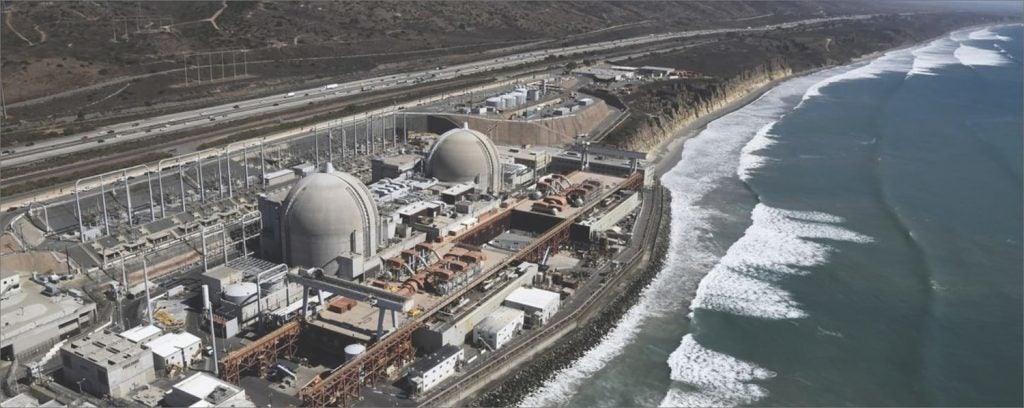
The spreadsheet analysis approach used for coal-fired plants was also used to initially assess the nuclear plant site data. However, identifying the capacity of new nuclear units on an existing nuclear site proved to be more challenging because the estimate is not based on replacement generator capacity, with inferred cooling water and transmission capacity. To deliver a more comprehensive analysis, where possible, the current 54 nuclear sites were evaluated for additional reactor potential based on past decisions by utilities to consider siting additional large Light Water Reactor (LWR) units on their individual sites. From 2007 to 2009, utilities prepared and submitted 18 combined construction and operating license (COL) applications. Vogtle 3 and 4 were completed through the COL process for example. Five new sites were also proposed through the COL process and are not included in this analysis. The remaining 12 COL applications were reviewed for their contribution to the siting analysis. Likewise, the report notes, 13 of the 54 operating NPP sites had initial plans to complete more reactors on their sites than were eventually built. These 1970-era building plans were also reviewed for their contribution to the siting analysis.
In addition to Vogtle 3 and 4, the NRC issued five COLs to build 8 reactors (10 GWe) on currently operating nuclear power plant sites. The seven remaining COL applications to build nine reactors (14 GWe) at currently operating nuclear power plant sites have been suspended or withdrawn by the applicants. The issued COLs and COL applications indicate that the respective operating sites have been evaluated and, at the time of the application, have the potential to host additional large LWR units.
Some of the 54 nuclear power plant sites had initial plans for more LWR units than ultimately were built. In this case, 49 units (41 GWe) were planned at 13 sites. Of those 49 planned units, 29 (19 GWe) were constructed and are operational. The remaining 20 units (22 GWe) were cancelled between 1977 and 1990, largely because of escalating cost. At the time of their cancellation, utility environmental, transmission, and water planning were adequate to support these units. Therefore, it is assumed that these 13 sites could still support additional units and in this analysis these planned units were assigned with the same capacity as their sister units.
Retired and planned reactor sites
DOE data also identifies 11 reactor sites with 14 units across 11 states in a shutdown condition but which are not fully decommissioned. The analyses indicate that there are four sites with the potential to host an additional large reactor (4.5 GWe) and seven sites with the potential to host smaller 600 MWe generic reactor technologies (4.2 GWe). Although not considered in this analysis, three retired sites are also under consideration for restarting an existing unit, with a combined capacity of 2.2 GWe.
There is an overlap of five sites that include both cancelled units and proposed COL units. For the analysis, the plan with the highest proposed nameplate capacity was associated with these sites. Merging data for cancelled plants with the COL proposal data yields a combined 20 sites with a potential for 31 reactor units. According to the report, these 31 large LWR units would have a capacity of 37.9 GWe based on the original plans by the utilities. In addition, 18 of these 20 sites are deemed to have the potential to site 72 generic reactor technologies rated at 600 MWe each for a total of 43.2 GWe.
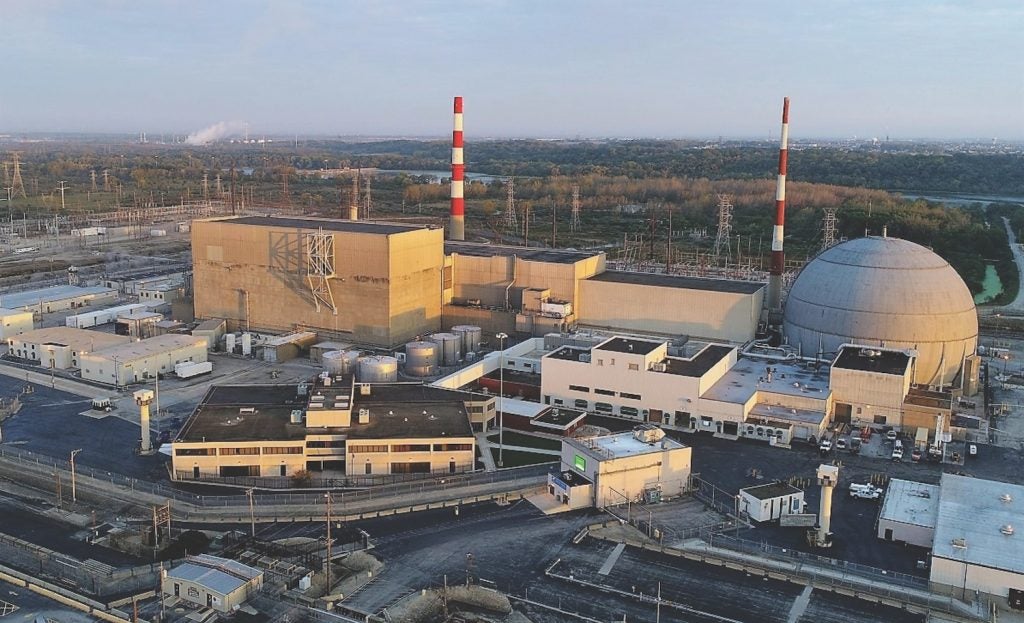
The remaining 34 current nuclear power plant sites were evaluated using data from the OR-SAGE tool consistent with the NRC’s General Site Suitability Criteria and EPRI siting guidance. Again, these sites were assessed for factors such as nearby population density, land preserved for public use, availability of adequate cooling water, unacceptable seismic or fault hazards, nearby wetlands or flood hazards, and risk from hazardous facilities such as major airports, military sites, and chemical facilities, among other parameters. The results were used to perform analysis on the potential to site a small modular reactor or a large reactor at each of these sites.
Overall, 17 of the 34 sites were deemed to have the potential to host a single- or dual-unit LWR installation. Two of the 17 units identified are large enough to host an additional single- or /dual-unit LWR installation for a total of 21.2 GWe. In each case the power projections are conservative, the authors note, assuming only one additional large LWR for cases in which space is judged to be available. Additionally, 23 of these 34 sites are deemed to have the potential to site a total of 79 generic reactor technologies rated at 600 MWe each (47.4 GWe) on 50-acre (20 Ha) footprints.
The analysis indicates that at the 54 currently operating NPP sites, there could be up to 37 NPP sites with the potential to host an additional large reactor and up to 41 NPP sites with the potential to host smaller 600 MWe reactor technologies.
Scope for nuclear new build
The report concludes that potentially some 290 units of 600 MWe or more could be installed at 145 coal-fired power plant sites across 36 states with a combined capacity of 174 GWe. Of these 145 sites that may be amenable for siting nuclear, the analysis confirmed that 115 of the sites, nearly 80%, have the potential to site a large LWR rated at 1,117 MWe and 136 sites or 94% have the potential to site a large LWR rated at 1,000 MWe. All 145 sites identified have the potential to site a generic 600 MWe advanced reactor. Focusing on recently retired coal plants, operating coal plants with announced retirement dates, and operating coal plants with no announced retirement date, this represents replacement power for existing or recently retired coal plants and would substantially reduce carbon emissions.
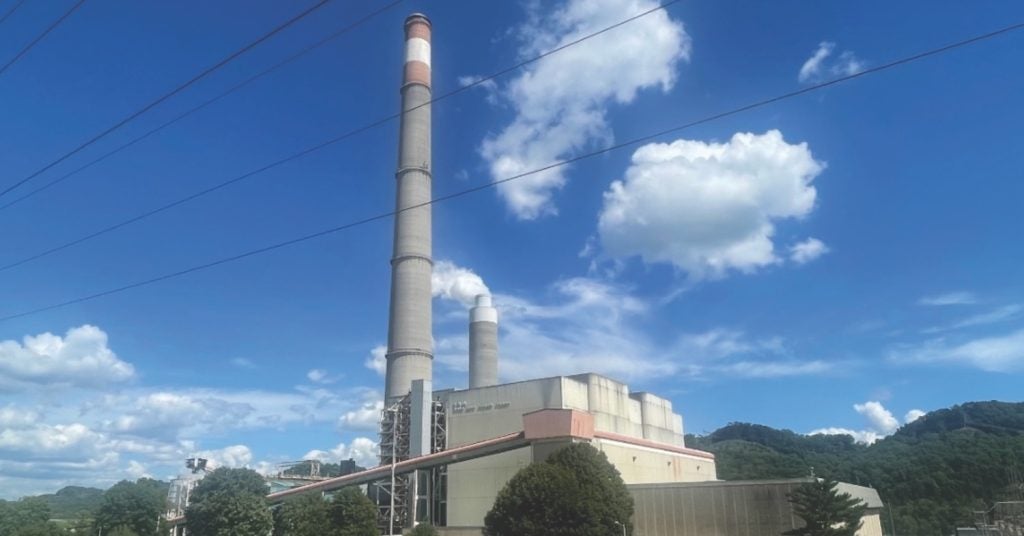
In addition to the coal-fired plant opportunity the report also identifies opportunities for new nuclear capacity with the current fleet of 94 operating nuclear plants on 54 sites in 28 states as well as 11 retired nuclear sites that could also be suitable for new nuclear development. The analysis concludes that there is potential for 158 locations that could support 600 MWe units with a combined capacity of 95 GWe. There are also 54 sites that could support deployment of 1,117 MWe units with a combined capacity of 60 GWe. Of these, the analysis of 20 of these sites is based on cancelled units or those where a COL was submitted to the NRC and of the remaining 34 sites, 17 were evaluated to have the potential to site one or more large LWR units. This evaluation thus estimates that an additional 60–95 GWe could be built at existing nuclear power plant sites across 31 states. Of the 54 operating NPP sites that may be amenable for siting additional nuclear, 37, nearly 70% may be amenable to siting an additional large LWR. In addition, 41 sites, 76% may be amenable to siting a generic 600 MWe advanced reactor technology.
The analysis concludes that locating new nuclear power plants or technologies at a current nuclear power plant site is advantageous because communities surrounding these plants already support nuclear energy, know the safety culture, and are aware of continuous strict environmental monitoring of areas surrounding the plants. Furthermore, the communities benefit from better air and water quality, high-paying jobs associated with the nuclear power plants, as well as the benefits that a higher tax base provides. Locating replacement nuclear power plants or technologies at an existing coal-fired power plants is beneficial because it takes advantage of existing infrastructure and grid access, and it also maintains jobs.



